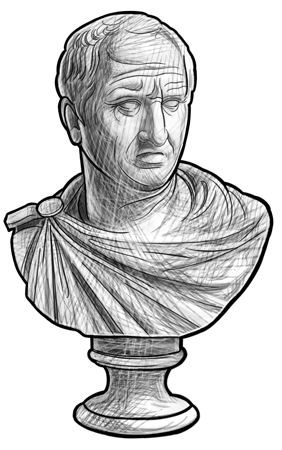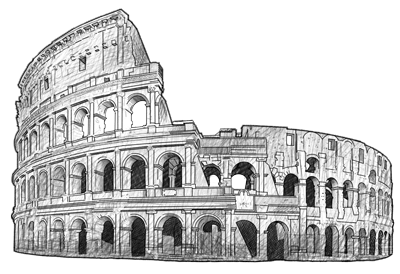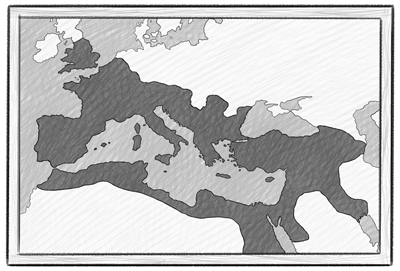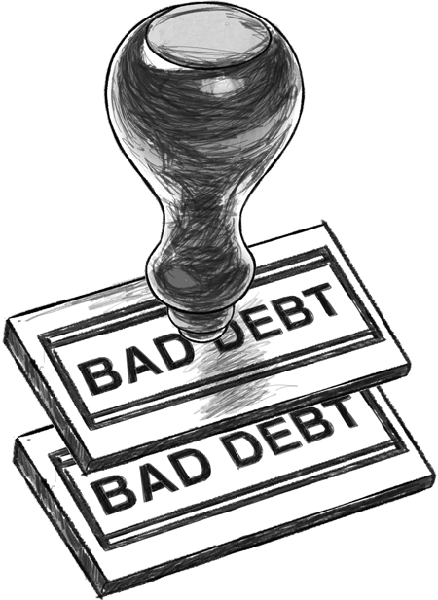Veni Vidi Vici

Hi, The Investor’s Podcast Network Community!
Today, we’ll take a step back from our Warren Buffet-heavy content lately to dive into some history: the economics of the Roman Empire.
📚 Cheers to our fellow history buffs. Oh, and the subject line, “Veni Vidi Vici,” comes from Julius Caesar, meaning “I came, I saw, I conquered.”
All this, and more, in just 4 minutes to read.
—Shawn
Get smarter about valuing businesses in just a few minutes each week.
Get the weekly email that makes understanding intrinsic value
easy and enjoyable, for free.
Real estate investing, made simple.
17% historical returns*
Minimums as low as $5k.
EquityMultiple helps investors easily diversify beyond stocks and bonds, and build wealth through streamlined CRE investing.
*Past performance doesn’t guarantee future results. Visit equitymultiple.com for full disclosures
WHAT ELSE WE’RE INTO
📺 WATCH: The legendary Peter Lynch discusses stock investing in rare interview.
👂LISTEN: How to value Berkshire’s stock.
📖 READ: Ray Dalio’s take on U.S.-China relations.
Overview
Ancient Rome, one of history’s most famous empires, endured for over 1,000 years.
The empire and its legacy are the foundation for modern society, from democracy to a court-based legal system, Latin languages, and even three-course meals. It developed what we might call a modern economy, with banking, taxation, and of course, as well as financial crises.
Like any other economy, Rome’s was an evolving system with ups and down. In the same way the U.S. didn’t progress from Jamestown to high-frequency trading in a simple path, Rome’s progression wasn’t linear, either.
Life’s certainties: death & taxes
Rome’s success, in part, is thanks to its taxation system, which fueled the bureaucracy necessary to synchronize many different peoples across vast distances into a connected, functioning economy.
Today, we often think of income taxes the most, but there are taxes on everything, from imports to sales to property.
Yet, Rome’s system was much simpler, relying primarily on just one tax: a wealth tax. It levied taxes on landowners, sending aids to assess their net worth, including the value of their land, buildings, livestock, gold reserves, etc., which would provide the basis for tax estimates.
The bill would usually come out to about 1% of their wealth.
The taxes served as a protection fee, or an extortion, depending on your perspective.
Landowners adhered to wealth taxes because they could call on the powerful Roman army for help if raided by outside groups, while others were left to their own devices.
A new governance model
This taxation model worked well for years. Still, as the Roman Empire expanded, an updated system was needed. At its peak, the empire became too big to provide protective assurances, with much of the newly acquired land being conquered. But conquered people weren’t opting into wealth taxes for protection, they were forced into them.
Meaning more effort was required to ensure collections.
This spawned the creation of various independent states, each responsible for collecting taxes in their regions and paying a hefty chunk back to Rome.
Interestingly, this also led to an almost privatized tax system, where Rome would set its tax revenue expectations for each state and then auction off the right to collect those taxes to contractors.
These contractors paid the Roman government upfront, minimizing the efforts needed by the state and guaranteeing cash flow for its army and grand cities, while contractors sought to collect more than they paid for the tax rights.
Contractors followed taxation guidelines but assembled their own, essentially mercenary groups, to extract the taxes. And unsurprisingly, it was a system rife with corruption.
Historical parallels
In a sense, it was similar to the colonial practices seen by later empires like the British, though there were some benefits to Roman rule.
For most citizens throughout the empire’s history, the benefits offered in exchange for taxes, such as access to trade networks and protection from the world’s strongest military, were a good deal, especially by historical standards.
As opposed to a colonial model, you could argue that it was more like a franchise system; think McDonald’s. Many opted to join the empire, raising its flag (akin to licensing the McDonald’s name and logo), operating under its rules, and then paying back the dividends of prosperity via taxes to Rome.
Limiting factors
While Rome was more advanced than other empires then, some were wealthier, namely in India and China. That’s primarily due to their more fertile farmlands.
Ultimately, Rome was still an agrarian economy, vulnerable to fluctuations in crop yields. To feed the empire’s swelling population in pre-industrial times required that most Romans work in agriculture.
In our more food-abundant society, nations in infertile/physically-constrained environments can become incredibly rich specializing in tech, finance, or oil and commodity production, while importing enough food to support their population. For all its novel developments, the Roman Empire couldn’t easily bypass this fundamental obstacle.
Using today’s currency rates, Rome’s GDP would’ve been roughly $32 billion, or about $520 per person, making it poorer than every country on Earth now.
Said differently, even with a surprisingly modern financial system, without the breakthroughs of the industrial revolution and the digital era, there are hard limits, shaped considerably by geography, on how prosperous great empires can be.
Pre-modern financial crises
Rome had what you might call its own Wall Street, where fractional-reserve banking houses, merchants, elites, speculators, and others formed a financial center, directing monetary flows across the empire.
In 33 A.D., a series of bad harvests, earthquakes, rising social discontent, and the sinking of three ships carrying a substantial amount of the banking houses’ gold, spurred a financial panic.
Could you imagine if JPMorgan lost most of its capital at sea? Such is the plight of first-century banking.
And falling land prices in the Italian peninsula posed catastrophic risks to Rome’s financial system. The Emperor responded by requiring all Roman Senators to have at least 1/3 of their wealth invested in land within 18 months.
But the plan backfired. As wealthy Romans withdrew funds from the banking system en masse to address the panic in property prices, the over-leveraged banking system found itself short on capital.
A bank run ensued, and the banks responded by calling in all their debts at once, only adding to economic stresses. Landowners were forced to sell their properties to raise cash to pay debts, only pushing property prices down further.
What was the solution?
Similar to how modern governments respond to crises, the answer was money printing, or in financial parlance, a form of quantitative easing.
Some things never change.
The Emperor instructed the Treasury to distribute about $2 billion worth of money (in today’s currency) to trusted banks, requiring that they use the funds to make loans to those in need at zero interest.
Banks also had to keep a certain amount on hand for depositors to meet withdrawal requests, similar to reserve requirements.
Dive deeper
Stories of political intrigue are captivating, but to really understand a society, we must understand the daily workings of its economic system.
For more, check out this podcast from Economics Explained.
SEE YOU NEXT TIME!
Enjoy reading this newsletter? Forward it to a friend.















